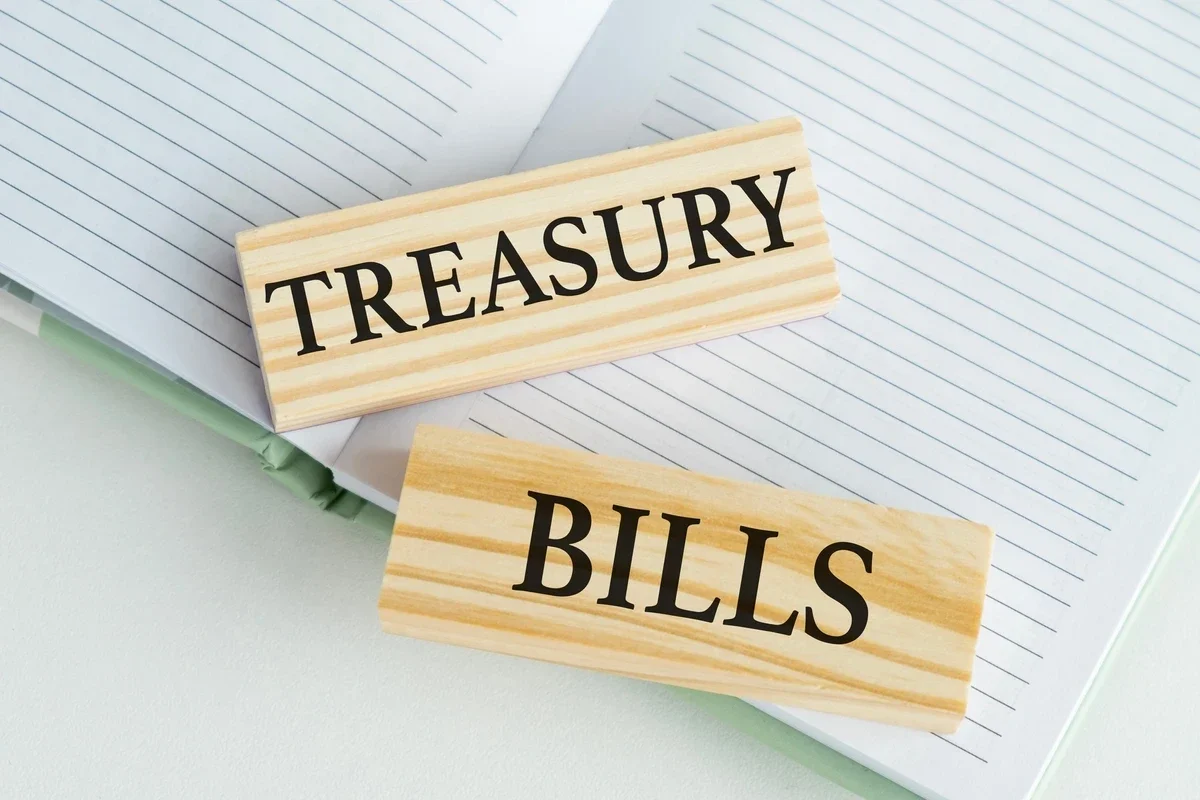Pakistan raises PKR 742B debt through T-bills auction
A day ago, the government raised PKR 507bn through the auction of fixed Pakistan Investment Bonds
Business Desk
The Business Desk tracks economic trends, market movements, and business developments, offering analysis of both local and global financial news.

The government borrowed PKR 8 billion less than its target of PKR 750 billion
Pakistan has raised a debt of PKR 742 billion through the auction of treasury bills or T-bills on Wednesday.
According to the State Bank of Pakistan, the auction saw a participation of PKR 1,849 billion against the government’s target of PKR 750 billion and a maturity of PKR 651bn.
The government borrowed PKR 8 billion less than its target, indicating a comfortable fiscal position without the need for desperate borrowing.
The yields on one-month and six-month T-bills fell by T-bill fell by 4 and 1bps, while that of 12-month T-bills increased by 6bps. The yields remained unchanged for 3-month T-bills.
A day earlier, the government raised PKR 507bn through the auction of fixed bond Pakistan Investment Bonds (PIB).
The government had set a target of PKR 1,536 billion.
The cut-off yields for two-, three-, and five-year bonds increased by 13, 21, and 6 bps, respectively, while that of 10- and 15-year bonds fell by 4bps.
What are T-bills and PIBs?
The Pakistan government raises money from local and foreign investors through debt instruments. T-Bills or MTBs are one of those instruments backed by the government. Other such instruments are PIBs, National savings instruments, Eurobonds, International Sukuk, etc.
MTBs are short-term, highly liquid government securities issued in 3, 6, and 12-month tenors. The State Bank of Pakistan auctions MTBs every fortnight (on Wednesdays).
PIBs are debt securities issued by the State Bank of Pakistan. These bonds are issued in denominations of multiples of PKR 100,000 and available in tenors of 3, 5, 10, and 20 years. The yield on these bonds is fixed and disbursed semi-annually.










Comments
See what people are discussing